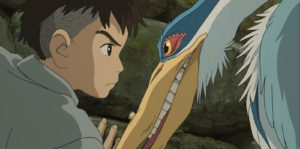
Both the original Japanese and English dub casts are impeccable. With each new character brought into Mahito’s journey, the performers all add another layer of depth and energy to the film. Ko Shibasaki and Florence Pugh each bring a fierce and fleshed-out presence to the swashbuckling Kiriko. Kaoru Kobayashi and Willem Dafoe bring nuance to Noble Pelican. Jun Kunimura and Dave Bautista add an almost regal gruff to the Parakeet King. And Takuya Kimura and Christian Bale continue to elevate an already all-star cast. Mark Hamill brings the gravitas expected from the man who voiced Fire Lord Ozai in Avatar the Last Airbender and gave comic-book fans the best version of the Joker in Batman: The Animated Series. Each performer is the perfect voice for their character, making the answer to the sub vs. dub argument for The Boy and The Heron a resounding: watch both.
While the voice cast is superb, the characters the performers embody make The Boy and The Heron classic Miyazaki. Each supporting character brings their eccentricities to Mahito’s story, making the film feel strange, loved, funny, adventurous, and nostalgic all at once. The characters are masterfully animated, along with every scene in the movie, the majority of which could stand as art outside the story’s context. Little background details enrich each viewing, and the piano-centric score finds the perfect balance of somberness and joy to bring out the bittersweet aura of what could have been Miyazaki’s farewell to film.
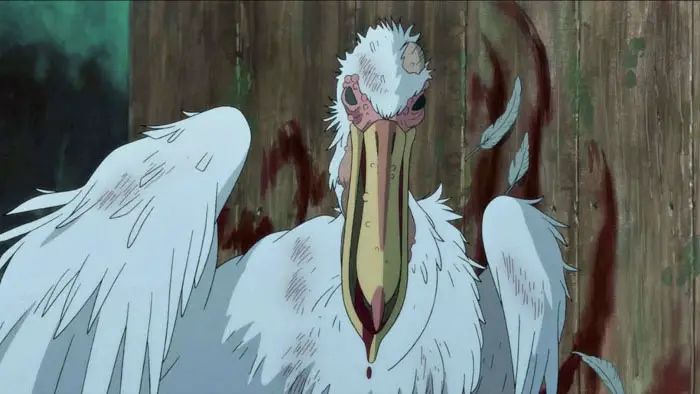
“…what fans expect and crave in a Miyazaki film.”
The comparison to Alice in Wonderland and The Boy and The Heron will resonate with many Western audiences, especially those unfamiliar with Miyazaki’s unique brand of storytelling. Whisper of the Heart, Kiki’s Delivery Service, or Makoto Shinkai’s Your Name may all serve as more accessible entries into this form of narrative structure than Heron. Even with the complex story structure and mountains of surrealistic symbolism, newcomers will still find themes of loss, acceptance, and growth throughout Mahito’s adventure. The traditional plot comes secondary to how each moment makes the viewer feel and how that moment makes them view Mahito’s arc. It’s an odyssey of emotions set to breathing-taking animation.
The Boy and The Heron is what fans expect and crave in a Miyazaki film. What fans are excited about when that blue frame that reads “Studio Ghibli” hits the screen. The film has an innate sense of wonder in every moving landscape, colorful character, or evocative performance. There are more accessible introductions to Studio Ghibli than The Boy and The Heron. But, for fans of the genre and Miyazaki, it’s a beautiful new addition to the saga of great Ghibli films. It’s the kind of film that kickstarts your imagination and inspires creativity within an audience. More than anything, The Boy and the Heron continues the trend of Studio Ghibli crafting films for the big screen. “Event cinema” that lives up to the title.
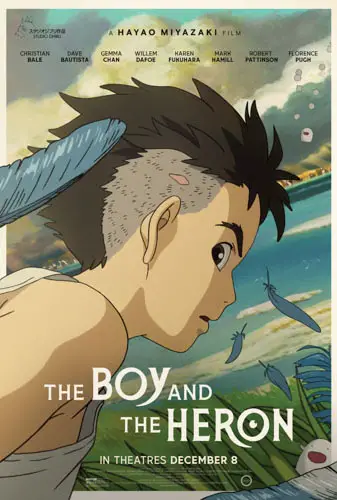
"…like many Studio Ghibli films before it, is 'event cinema.'"
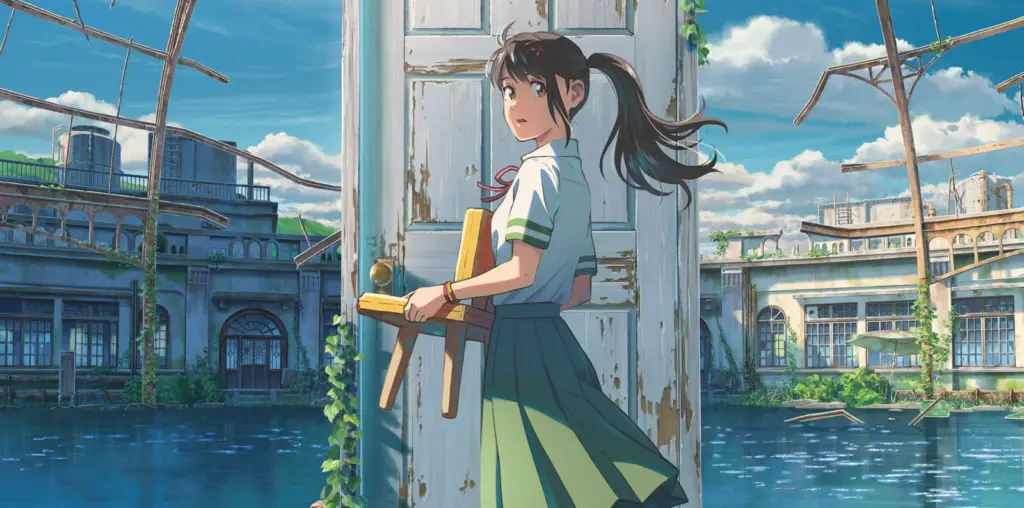
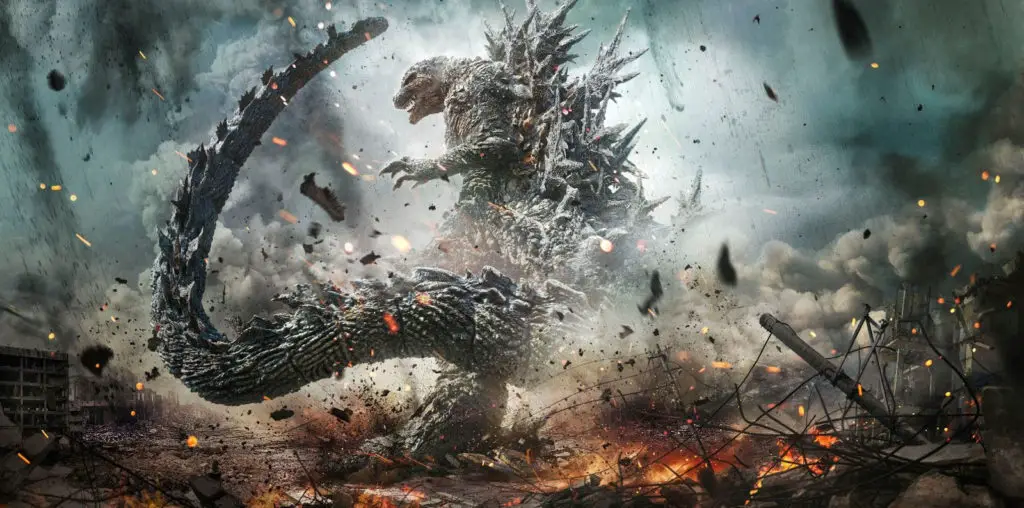
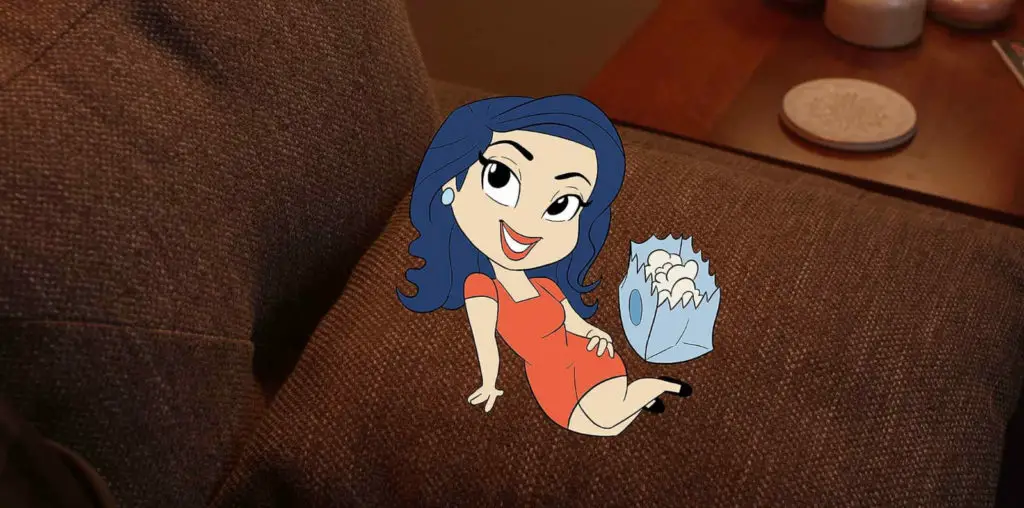
Such a satisfying movie